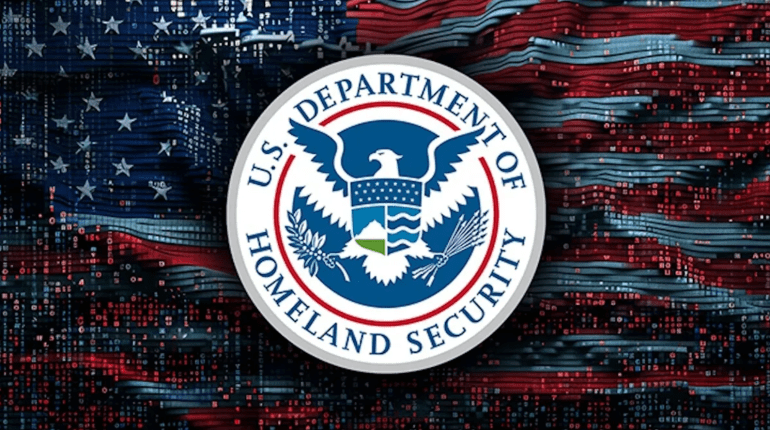- The US government has released comprehensive security guidelines to protect critical infrastructure from AI-related threats.
- Key aspects include fostering a culture of AI risk management, understanding contextual AI usage, and developing robust assessment and mitigation mechanisms.
- Collaboration with AI vendors is encouraged to effectively share and delineate mitigation responsibilities.
- The initiative follows a cybersecurity information sheet from the Five Eyes intelligence alliance, highlighting the need for meticulous AI system setup and configuration.
- Best practices include securing deployment environments, reviewing AI model sources, and implementing strict access controls and robust logging mechanisms.
- Emerging threats such as prompt injection attacks underscore the importance of proactive security measures and collaboration between industry, academia, and government entities.
Main AI News:
In response to evolving AI-related threats, the US government has unveiled a comprehensive set of security guidelines targeted at safeguarding critical infrastructure. This initiative, spearheaded by the Department of Homeland Security (DHS), represents a concerted effort across all sixteen critical infrastructure sectors to mitigate potential risks associated with artificial intelligence (AI) systems.
The guidelines emphasize the imperative of fostering a culture of AI risk management within organizations, understanding the contextual nuances of AI usage, and developing robust assessment and mitigation mechanisms. Key functions throughout the AI lifecycle, including governance, mapping, measurement, and management, are highlighted as essential components of effective risk mitigation strategies.
Moreover, critical infrastructure stakeholders are urged to consider sector-specific and context-specific factors when evaluating AI risks and implementing mitigative measures. Collaboration with AI vendors is encouraged to delineate and share mitigation responsibilities effectively.
This strategic initiative comes on the heels of a cybersecurity information sheet released by the Five Eyes (FVEY) intelligence alliance, underscoring the need for meticulous setup and configuration of AI systems. The rapid proliferation of AI capabilities presents lucrative targets for malicious cyber actors, who may exploit vulnerabilities to advance their nefarious agendas.
Best practices recommended by the alliance include securing deployment environments, rigorously reviewing AI model sources and supply chain security, and implementing stringent access controls and robust logging mechanisms. Additionally, validation of AI systems’ integrity and protection of model weights are deemed essential to thwart potential attacks.
Recent vulnerabilities identified in neural network libraries, such as Keras 2, have raised concerns about the integrity of AI models and the security of their deployment environments. Malicious actors could exploit these vulnerabilities to tamper with AI models and compromise the integrity of dependent applications, underscoring the critical importance of proactive security measures.
Furthermore, emerging threats such as prompt injection attacks pose significant challenges to AI security. Techniques like Crescendo, a multiturn large language model (LLM) jailbreak, demonstrate the sophistication of modern cyber threats and the need for adaptive defense strategies.
In light of these developments, ongoing research efforts and collaboration between industry, academia, and government entities are crucial to staying ahead of evolving AI threats. By adopting a proactive and collaborative approach to AI security, critical infrastructure stakeholders can effectively mitigate risks and ensure the resilience of essential services in an increasingly digitized world.
Conclusion:
The release of comprehensive AI security guidelines for critical infrastructure signifies a concerted effort to address evolving threats in an increasingly digitized landscape. As businesses and organizations rely more on AI technologies, proactive measures outlined in the guidelines will be crucial for safeguarding critical assets and maintaining operational resilience. Collaboration between stakeholders, adherence to best practices, and ongoing vigilance against emerging threats will be essential to stay ahead in the dynamic landscape of AI security.

